Remember when your biggest worry was keeping your Tamagotchi alive? Ah, the ’90s. It was a beautifully complicated wild ride. No smartphones, no social media, and somehow we all survived. We found joy in simple things, treasured our belongings because they weren’t instantly replaceable, and somehow managed to have fun with technology.
These items shaped a generation that learned patience, responsibility, and creativity. Kids today have access to everything instantly, but they’ll never know the satisfaction of finally getting that Skip-It counter to hit triple digits or the genuine heartbreak of a deceased Tamagotchi.
Kids today scroll through TikTok faster than we could rewind a VHS tape, and they’d probably look at half the stuff we obsessed over like it came from Mars. On that note, here’s a nostalgia trip that’ll make you feel ancient.
Tamagotchi
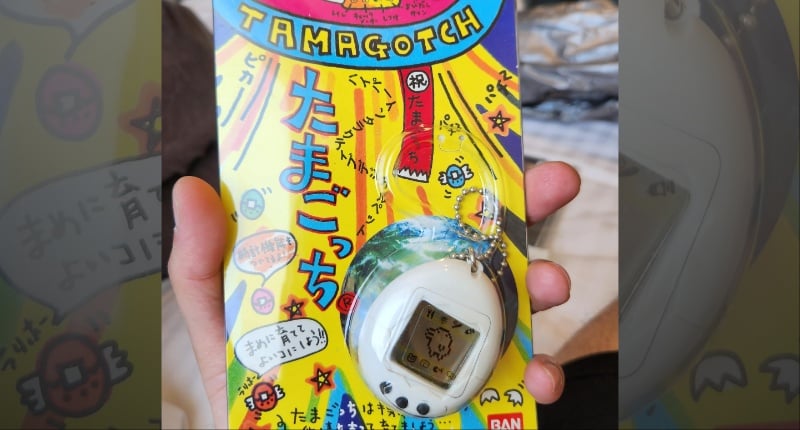
Before kids had actual pets or smartphones to ignore, we had these egg-shaped digital companions that demanded constant attention. These little electronic creatures required feeding, cleaning, and nurturing — basically teaching ’90s kids responsibility through guilt and anxiety. The constant beeping during class led to more confiscated Tamagotchis than you could count, and the trauma of finding your digital pet dead because you forgot to feed it for six hours was real.
Then vs. Now: Kids today have pets that live in their phones through apps, but they’ll never understand the genuine panic of hearing that beep in the middle of math class.
Slap Bracelets
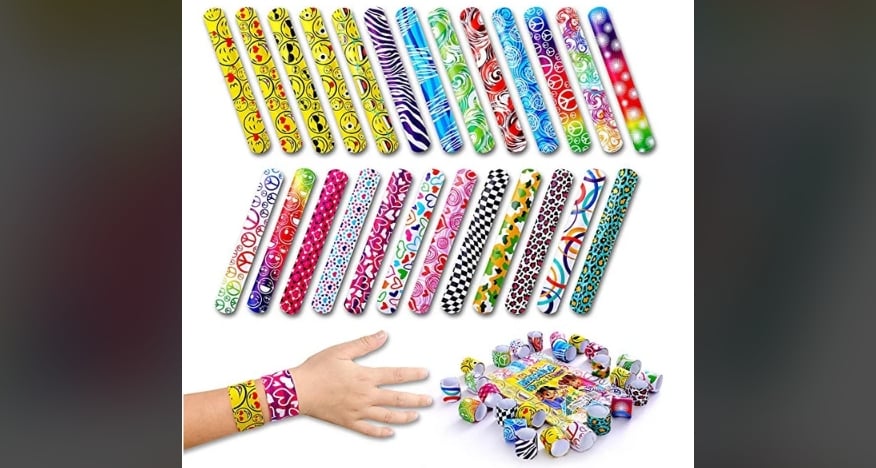
These metal strips covered in colorful fabric would snap around your wrist with a satisfying *thwack*. Schools eventually banned them because, apparently, thin metal strips that could slap onto things weren’t the safest playground accessory. But for a brief, shining moment, having the coolest slap bracelet collection made you playground royalty. They came in every color and pattern imaginable, and the sound they made when hitting your wrist was oddly therapeutic.
Then vs. Now: Modern kids have smartwatches that can call their parents and track their steps. We had metal strips that could potentially give us tetanus.
Hit Clips
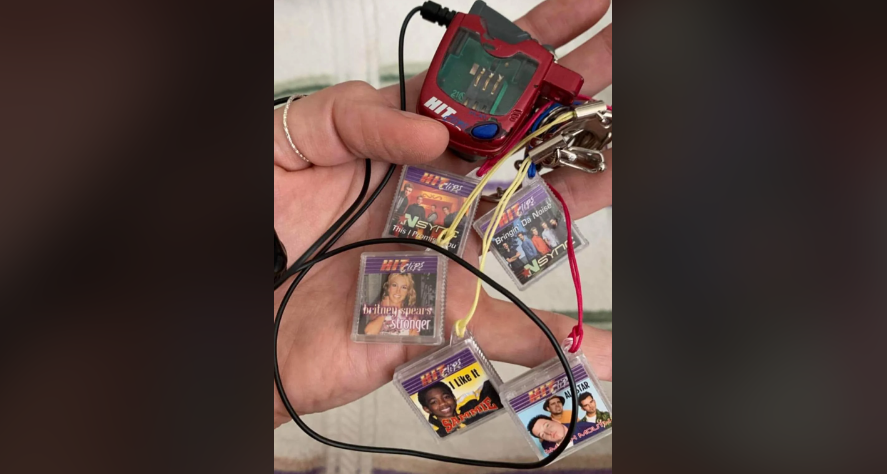
Imagine paying money for a device that played exactly one minute of your favorite song. That was Hit Clips — tiny cartridges that plugged into an even tinier player, delivering abbreviated versions of hits from Britney Spears, NSYNC, and other pop royalty. We collected these like trading cards, building libraries of musical snippets that would make Spotify users weep.
Then vs. Now: While kids of today have access to millions of full songs instantly, we treasured 60-second clips like they were precious gems.
Pagers (Beepers)
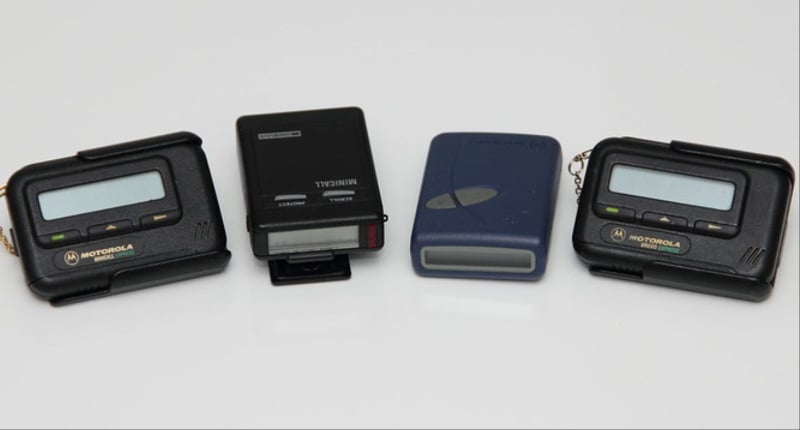
Before everyone had a phone glued to their hand, important people wore these little black boxes on their belts. Pagers would beep and display a phone number, which meant you had to find a landline to call back. It was like texting, but with way more steps and a lot more running around. The coolest part? People developed elaborate number codes — 143 meant “I love you,” 911 meant “emergency/call me now,” and 07734 upside down spelled “hello.”
Current Reality: Today’s kids would probably try to download apps on a pager and wonder why it doesn’t have a camera.
Skip-It
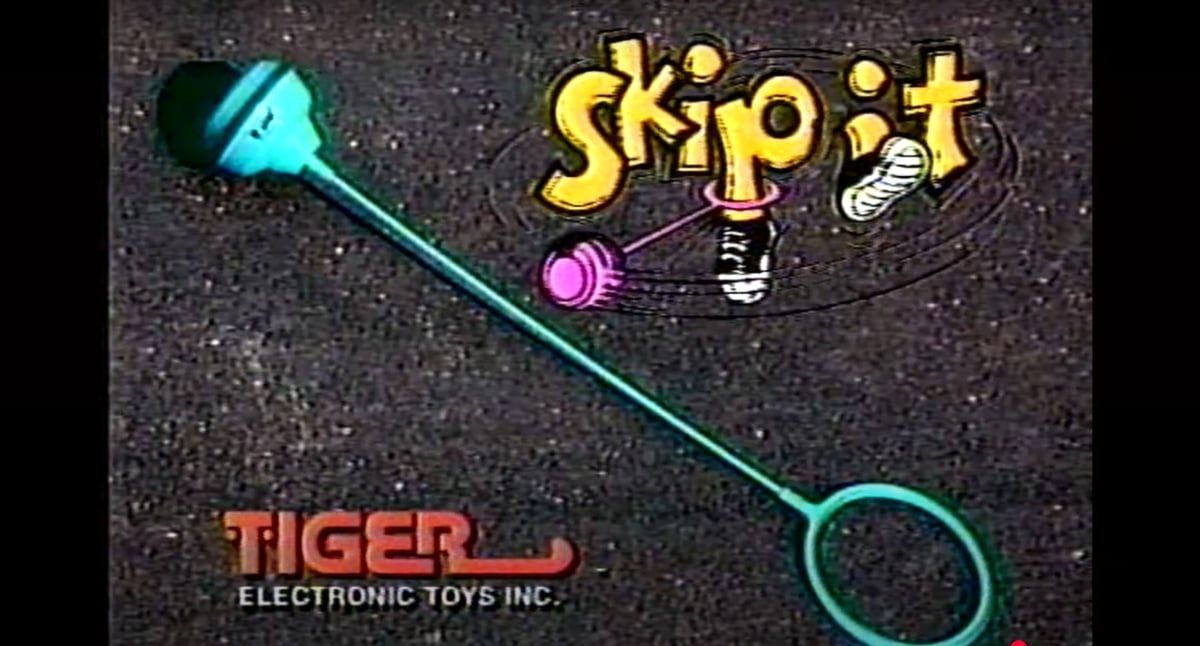
This torture device consisted of a ball attached to a rope that you’d slip around your ankle, then jump over as it spun around. The goal was to see how many consecutive jumps you could achieve before either falling over or accidentally whipping yourself in the shin. The counter on the ball kept track of your “achievements,” though most of us suspected it was rigged. Playgrounds echoed with the distinctive *thump-thump-thump* of Skip-Its hitting the ground and occasionally hitting ankles.
Then vs. Now: Children these days have fitness trackers. We had a plastic ball that actively tried to trip us (but it taught us resilience?).
Floppy Disks
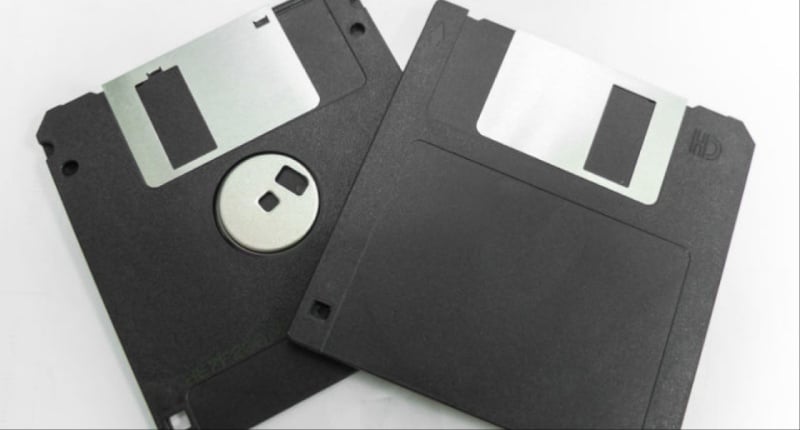
These weren’t actually floppy, despite the name (that came from their bendable predecessors), and they held a whopping 1.44 MB of data — roughly equivalent to one low-resolution photo today. We used them to save school projects, transfer files, and occasionally play primitive computer games. The satisfying click of inserting one into a computer drive and the panic when you realized you forgot to save your work were defining moments of ’90s computing.
Then vs. Now: Kids today save everything to the cloud automatically. We had to remember to physically carry our data around in our backpacks.
Mood Rings

These rings supposedly changed color based on your emotions, though they actually just responded to skin temperature. We believed they could read our souls when really they were just cheap liquid crystal thermometers in disguise. The color chart that came with each ring promised to decode your feelings: blue meant calm, black meant stressed, and green meant… well, who really knew? We wore them religiously, convinced we were carrying around emotional truth detectors.
Then vs. Now: Today’s kids track their moods with apps. We trusted magical color-changing jewelry (and they even seemed to work!).
VHS Tapes

Before Netflix and streaming, movies came in rectangular plastic cases that you had to physically rewind after watching. The phrase “Be kind, rewind” was a cultural commandment, and forgetting to do so would earn you dirty looks at Blockbuster. Fast-forwarding through previews required skill and timing, and the dreaded tape tangle could ruin your entire movie night. Each tape could hold maybe two movies if you were lucky, and building a collection meant dedicating serious shelf space.
Then vs. Now: Kids today might not even own physical media. We had entire walls dedicated to our beloved plastic rectangles.
Sony Discman
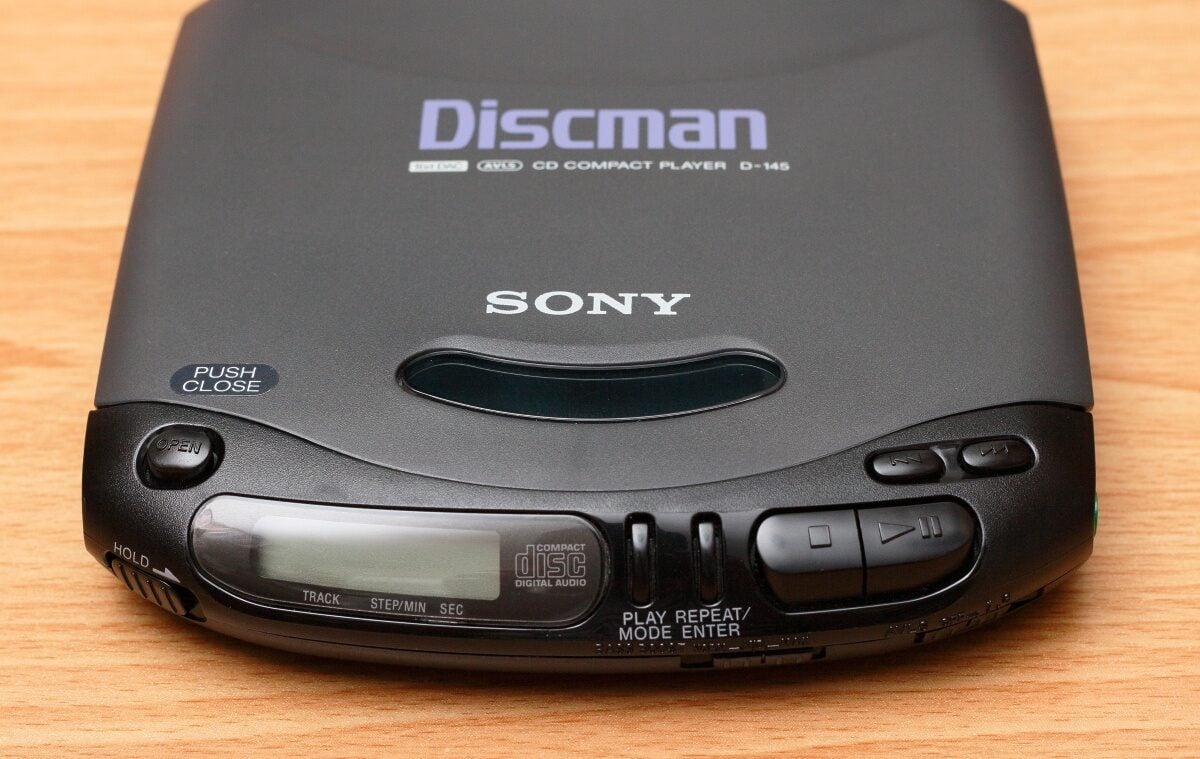
The Discman was the evolution of the Walkman, designed to play those shiny new compact discs. The problem? Take one wrong step while jogging, and your music would skip like a broken record. We learned to walk with the grace of a tightrope walker just to listen to our favorite albums. Anti-skip technology eventually arrived, but not before we all developed that distinctive “Discman walk” — slow, deliberate, and slightly ridiculous.
Current Reality: Children today have never experienced the joy of carefully carrying a fragile music player while trying to look cool.
Polly Pocket
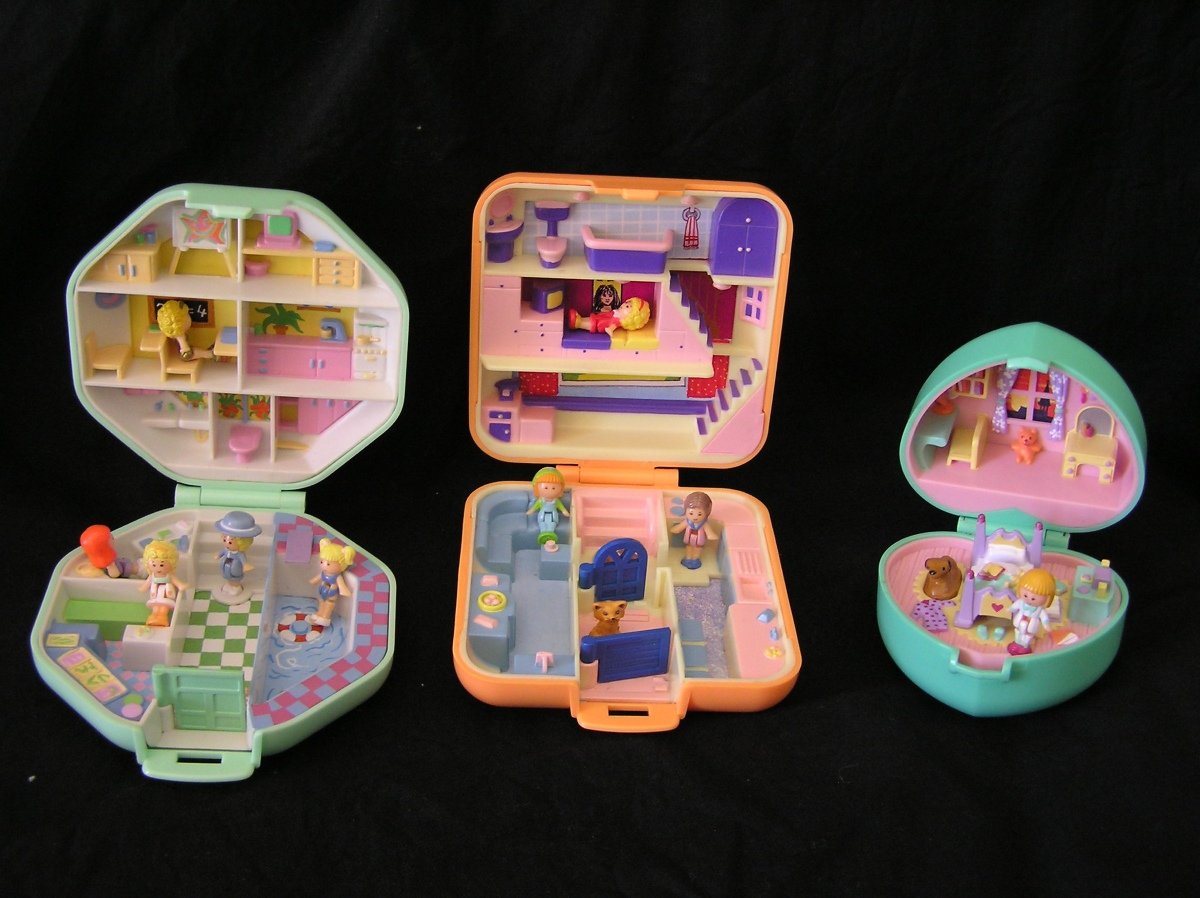
These impossibly small dolls came with even smaller accessories that seemed designed to vanish into carpet fibers. Polly Pocket lived in tiny worlds that folded up into compact cases, creating elaborate miniature universes that you could carry in your pocket. The downside? Losing a crucial piece meant your perfectly crafted tiny world was forever incomplete. Vacuum cleaners became the natural enemy of Polly Pocket owners everywhere.
Then vs. Now: Modern kids have detailed virtual worlds on their tablets. We had tiny plastic universes that constantly fell apart (but we were attached to them nonetheless).

